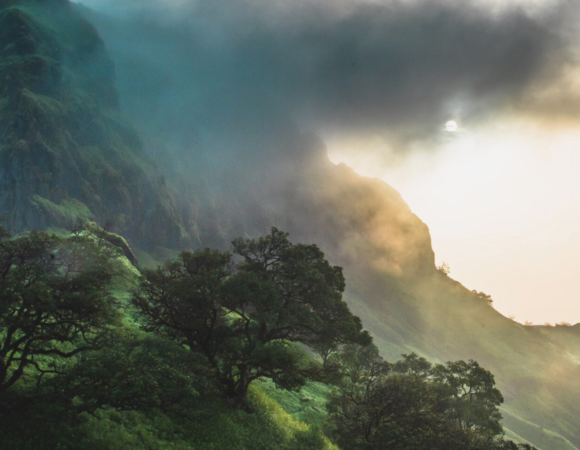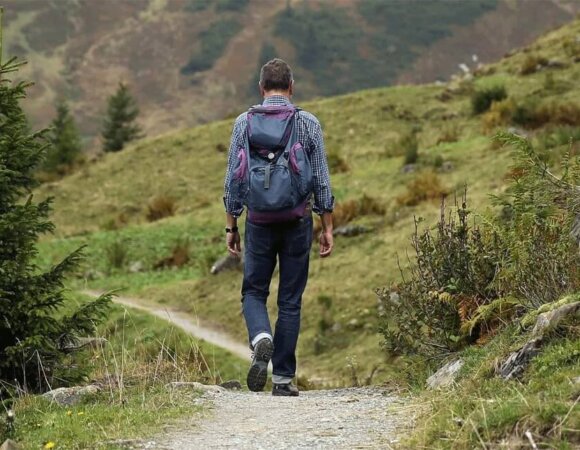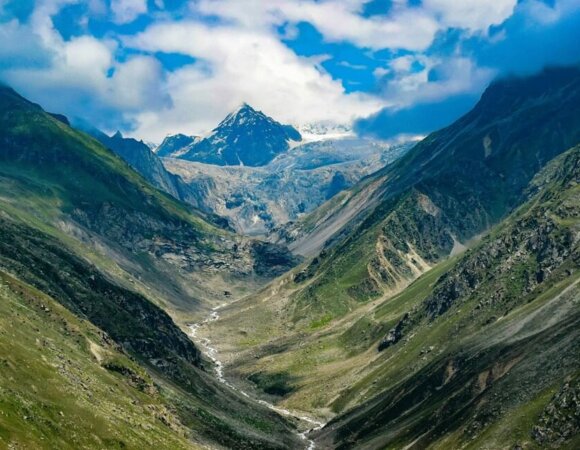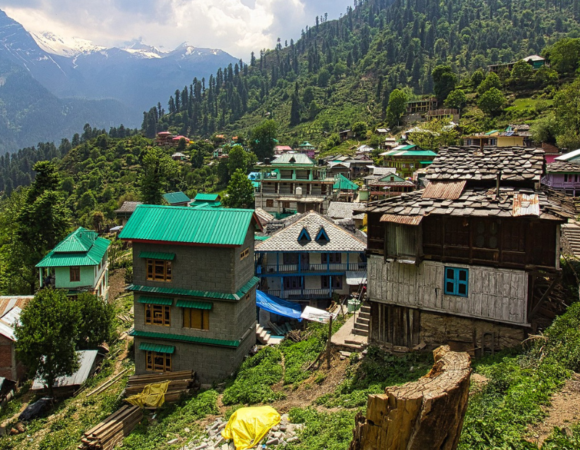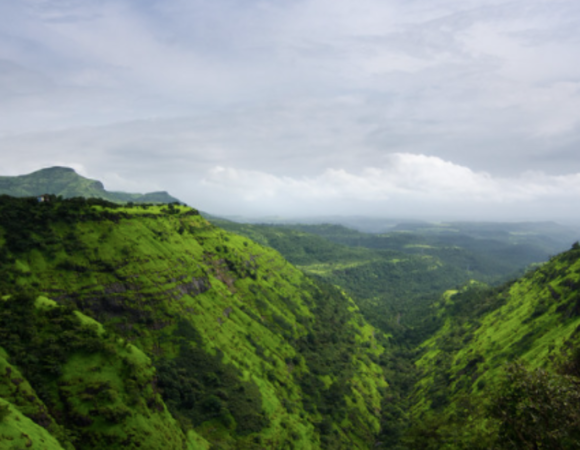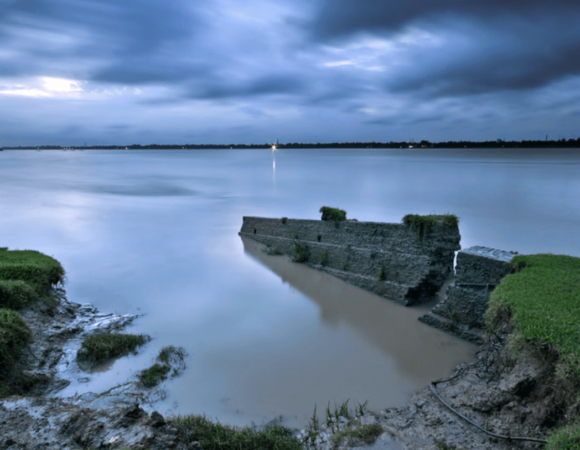Best Trek To Do In May
May marks the beginning of the trekking season in the Himalayas, offering trekkers a chance to witness nature’s best as it transitions from spring to summer. With snow melting in the higher regions, trails become accessible, and the weather is ideal for trekking. This month showcases stunning landscapes, blooming wildflowers, and clear skies, making it one of the best times to explore the mountains.
Table of Contents
ToggleTop Reasons to Choose May for Trekking

Perfect Weather Conditions: May provides a pleasant balance of warmth and cool mountain air, ideal for trekking. Temperatures are moderate, neither cold nor hot, creating an enjoyable experience throughout the journey.
Clear Views and Beautiful Landscapes: With clear skies and visibility at its peak, May offers unparalleled panoramic views of snow-capped peaks and verdant valleys, making it a visual treat for trekkers and photographers alike.
Flourishing Flora and Fauna: May brings colors to the Himalayan trails as wildflowers like rhododendrons bloom and forests come alive. The rich flora and fauna in full display add an extra layer of beauty to the trek.
Easier Access to High-Altitude Treks: As the snow recedes, higher-altitude trails become accessible without the severe cold of winter. This allows trekkers to explore more challenging and rewarding trails, like Kedarkantha or Bhrigu Lake.
Fewer Crowds Compared to Peak Summer: While May is popular, it’s still less crowded than the peak trekking months of June and July. Trekkers can enjoy a quieter, more immersive experience, connecting deeply with nature and the mountains.
Discover the Best Treks for May Adventures
1. Deoriatal Chandrashila Trek
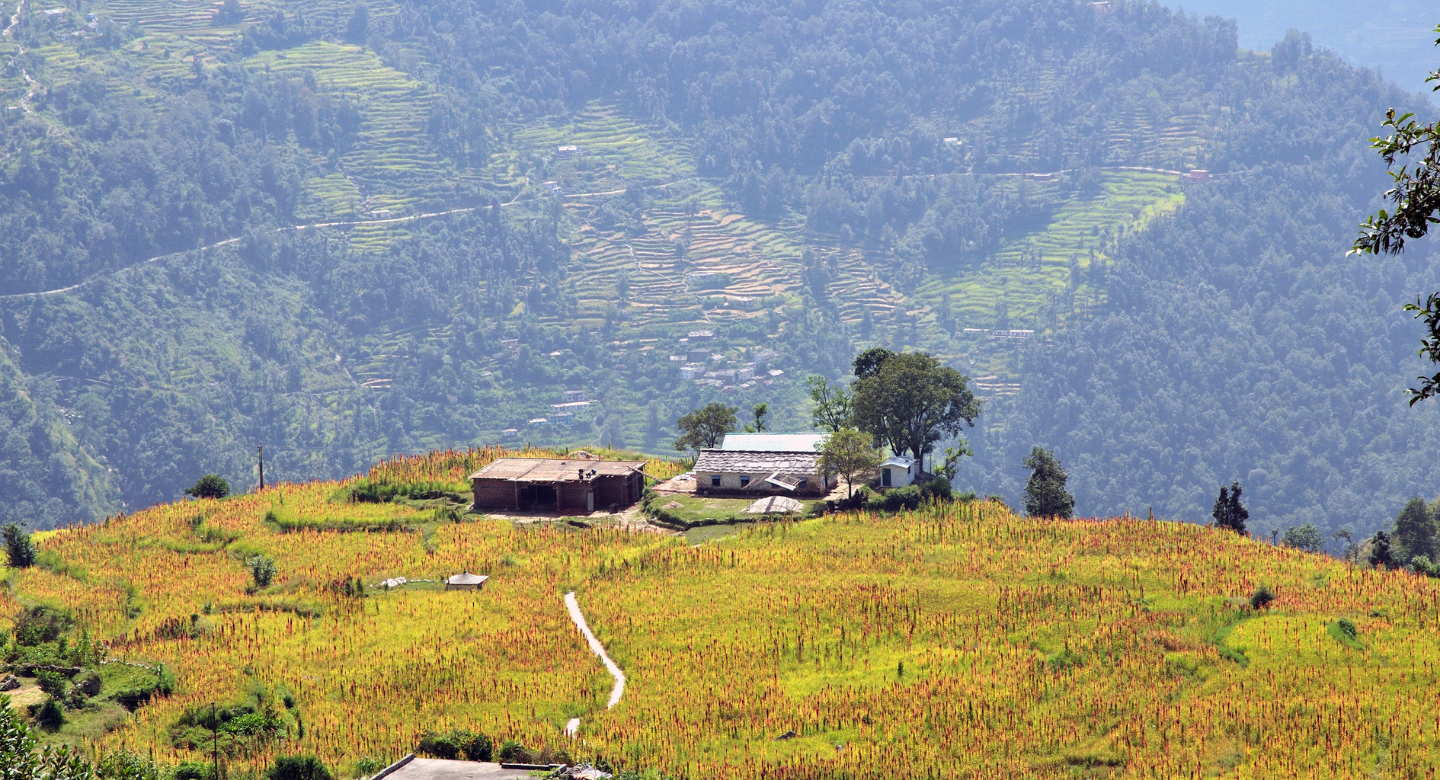
The trek is renowned for its panoramic views of the Himalayan giants, including Nanda Devi, Trishul, Kedar Dome, and Chaukhamba peaks. The sunrise from Chandrashila summit is an unforgettable spectacle, with golden hues lighting up the snow-clad peaks.
| 📍 Location | Rishikesh, Uttarakhand |
| 🏔️ Altitude | 12,083 ft |
| 👣 Distance | 28 KM |
| 🕓 Duration | 6 Days |
| 🥇 Grade | Easy to Moderate |
2. Kuari Pass Trek
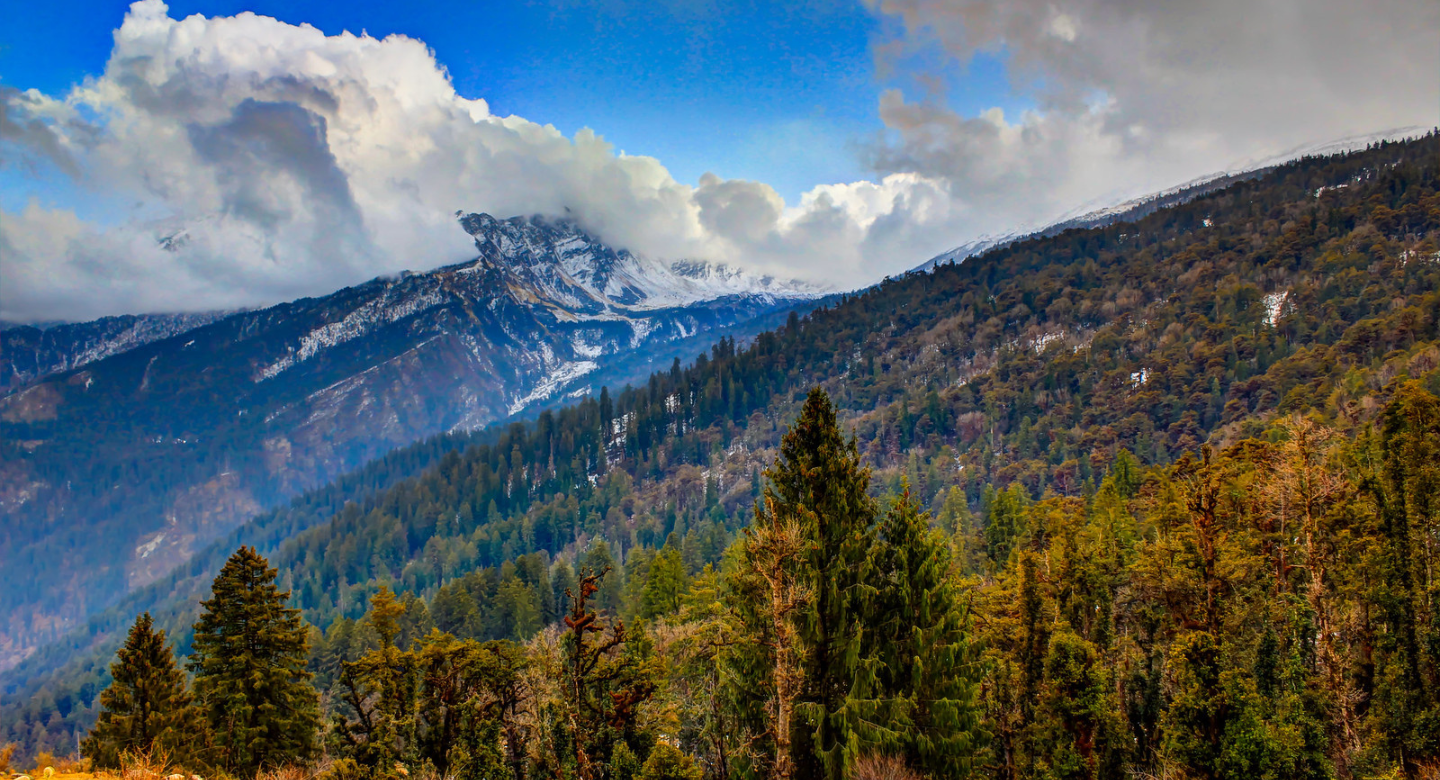
With a moderate difficulty level, the Kuari Pass Trek is ideal for beginners and seasoned trekkers. It’s a perfect blend of adventure, natural beauty, and cultural immersion, making it a must-visit Himalayan experience.
| 📍 Location | Rishikesh, Uttarakhand |
| 🏔️ Altitude | 12,750ft |
| 👣 Distance | 27 KM |
| 🕓 Duration | 6 Days |
| 🥇 Grade | Moderate |
3. Dayara Bugyal Trek

The Dayara Bugyal Trek is a breathtaking journey through one of Uttarakhand’s most stunning alpine meadows, located at an altitude of 12,000 feet. The trek offers sweeping views of snow-capped Himalayan peaks, including Bandarpoonch, Draupadi Ka Danda, and Srikanth, surrounded by lush forests and serene landscapes.
| 📍 Location | Dehradun, Uttarakhand |
| 🏔️ Altitude | 12,100ft |
| 👣 Distance | 40 KM |
| 🕓 Duration | 6 Days |
| 🥇 Grade | Moderate to Difficult |
4. Har Ki Dun Trek

The Har Ki Dun Trek is a timeless journey offering mesmerizing views of the Swargarohini peaks and captivating trails through dense forests and ancient villages. This revamped route reveals hidden gems like the enchanting Boslow Forest and the serene Devsu Thatch, enhancing the trek’s natural and cultural allure. With its blend of scenic beauty, rich traditions, and immersive village stays, this trek is a perfect blend of adventure and artistic exploration.
| 📍 Location | Sankri, Uttarakhand |
| 🏔️ Altitude | 11,675ft |
| 👣 Distance | 30 KM |
| 🕓 Duration | 7 Days |
| 🥇 Grade | Moderate |
5. Chopta Chandrashila Trek
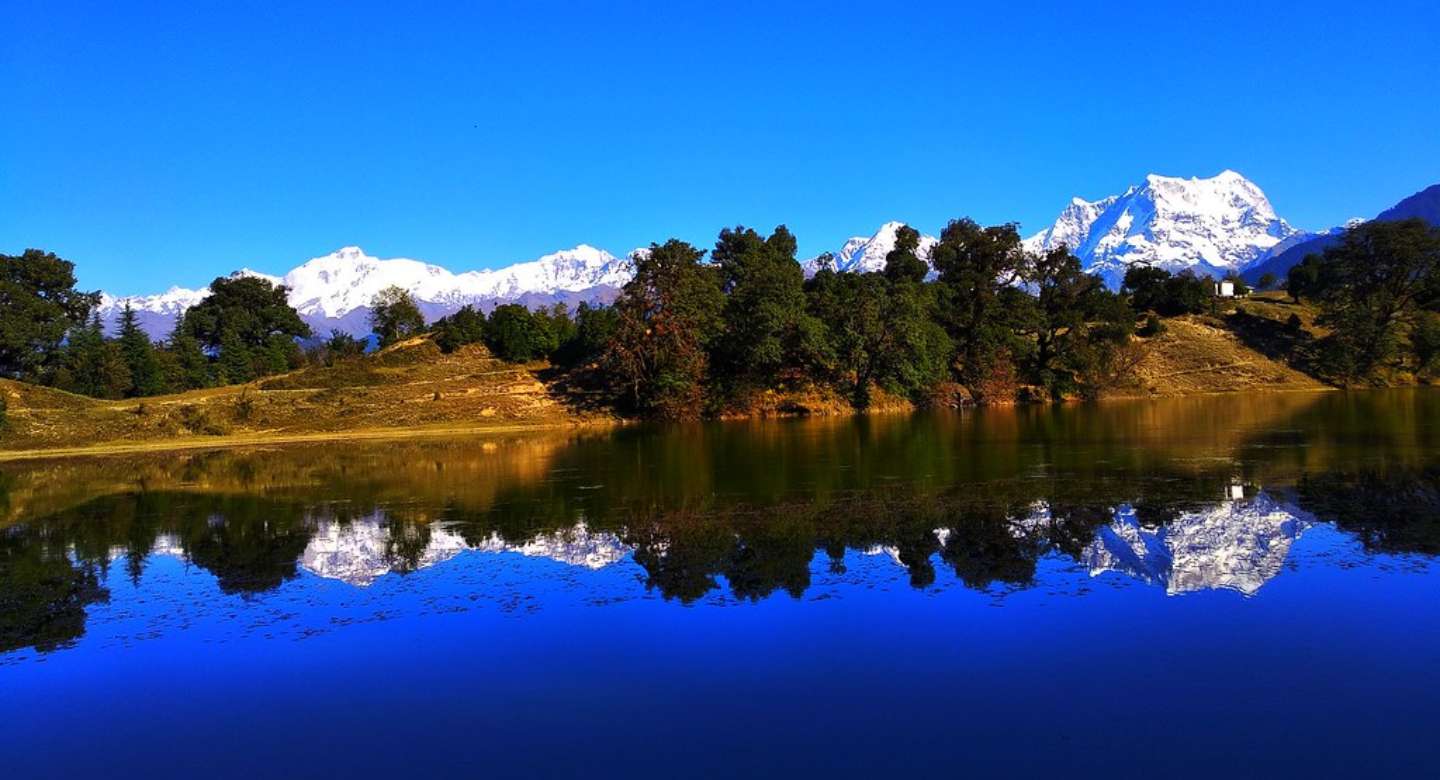
The Chopta Chandrashila Trek offers a captivating blend of natural beauty and adventure, with a five-day journey that showcases vibrant landscapes in spring and a magical winter snow blanket. The trek loops through stunning destinations like Deoriatal Lake, where the Chaukhamba massif mirrors in its crystal-clear waters, and climbs to the Chandrashila Peak, offering panoramic views of the Himalayan range.
| 📍 Location | Sari Village, Uttarakhand |
| 🏔️ Altitude | 12,100ft |
| 👣 Distance | 30 KM |
| 🕓 Duration | 5 Days |
| 🥇 Grade | Easy to Moderate |
6. Goechala Trek
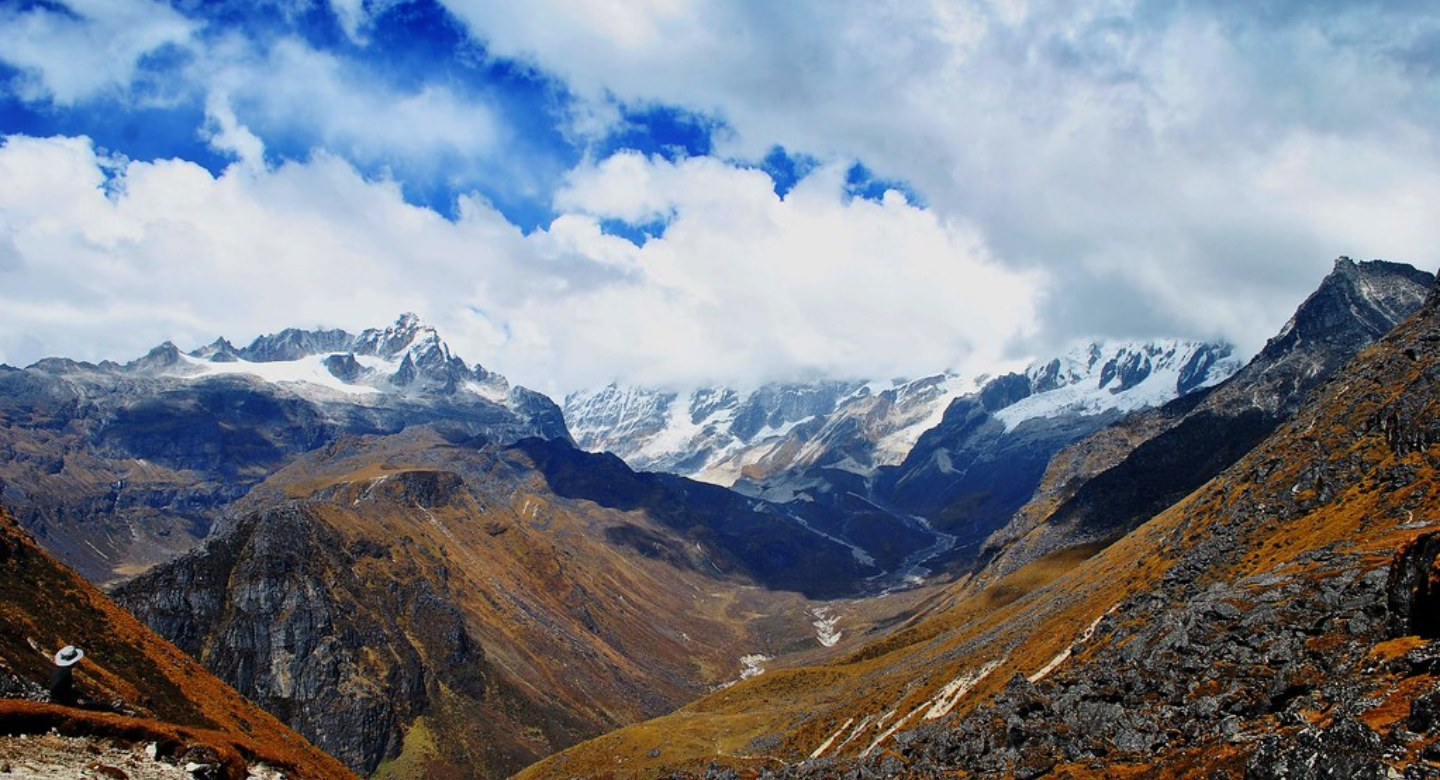
The Goechala Trek is renowned for its panoramic views, offering trekkers the chance to see not only Kanchenjunga, the third-highest mountain in the world, but also 14 other towering peaks. The trek gained prominence after the Nepalese Civil War when trekkers sought alternatives to Nepal’s closed trekking routes, and Goechala became a favorite for its stunning views of the Kanchenjunga range.e
| 📍 Location | Yuksom, Sikkim |
| 🏔️ Altitude | 15,100 ft |
| 👣 Distance | 90 KM |
| 🕓 Duration | 11 Days |
| 🥇 Grade | Moderate to Difficult |
7. Sandakphu Trek
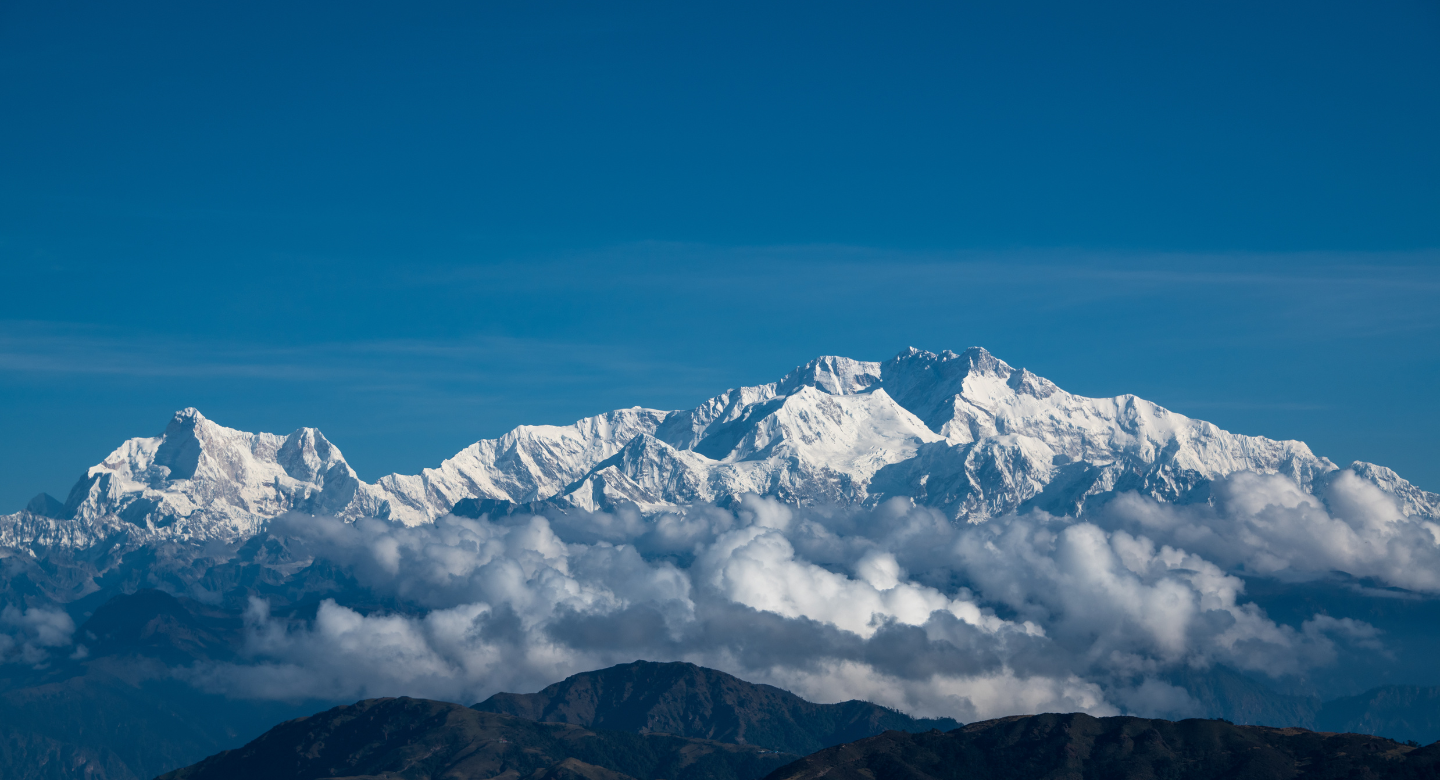
The Sandakphu Phalut Trek offers a unique experience with stunning views of four of the world’s tallest peaks, including Everest, Lhotse, Makalu, and Kanchenjunga, visible from different vantage points. The trek is a magical blend of nature and culture, where trekkers can witness awe-inspiring sunrises and sunsets, particularly from Aahl, and traverse dense bamboo and rhododendron forests in the Singalila National Park.
| 📍 Location | West Bengal |
| 🏔️ Altitude | 12,000ft |
| 👣 Distance | 68 KM |
| 🕓 Duration | 7 Days |
| 🥇 Grade | Moderate |
8. Nag Tibba Trek

The Nag Tibba Trek offers the thrill of a summit climb over a weekend, with the summit standing at 9,915 feet, offering panoramic views of snow-capped peaks like Swargarohini, Bandarpoonch, and Kedarnath. This short trek, perfect for beginners and weekend adventurers, takes trekkers through dense forests, scenic clearings, and ridge walks, all within a two-day adventure.
| 📍 Location | Mussoorie, Uttarakhand |
| 🏔️ Altitude | 9900 ft |
| 👣 Distance | 16 KM |
| 🕓 Duration | 2 Days |
| 🥇 Grade | Easy |
9. Kedarkantha Peak Trek

Kedarkantha is one of India’s most iconic winter treks, offering a thrilling summit experience, ideal for both beginners and seasoned trekkers. The summit push to Kedarkantha Peak is challenging yet exciting, with the steep Bhoja Dhadi ascent, especially in the snow. The climb is rewarding, with breathtaking views of peaks like Mt. Swargarohini, Bandarpunch, Mt. Kalanag, and the Gangotri massif.
| 📍 Location | Sankri, Uttarakhand |
| 🏔️ Altitude | 12,500ft |
| 👣 Distance | 20 KM |
| 🕓 Duration | 6 Days |
| 🥇 Grade | Easy to Moderate |
10. Brahmatal Trek

Brahmatal is a trek that truly stands out for its stunning mountain views. On the second day of the trek, you emerge from the picturesque rhododendron and oak forests to be greeted by the magnificent Trishul massif. The views only intensify as you continue along the ridge towards Jhandi Top. At Jhandi Top, you are surrounded by towering peaks—Mt. Trishul on the right and Mt. Nanda Ghunti on the left, with the Ronti Saddle, the ridge connecting these two giants, adding to the spectacle.
| 📍 Location | Uttarakhand |
| 🏔️ Altitude | 12,250 ft |
| 👣 Distance | 28 KM |
| 🕓 Duration | 6 Days |
| 🥇 Grade | Easy to Moderate |
11. Ali Bedni Bugyal Trek

The Ali Bedni Bugyal Trek is renowned for its breathtaking views, where trekkers can witness the entire faces of majestic peaks like Mt. Trishul and Mt. Nanda Ghunti rising dramatically from the meadows. The journey offers a diverse experience, from the thrilling walk through dense forests to the vast meadows of Ali and Bedni Bugyal, with picturesque campsites like Abin Kharak and Didna along the way.
| 📍 Location | Lohanjung, Uttarakhand |
| 🏔️ Altitude | 12,000ft |
| 👣 Distance | 31 KM |
| 🕓 Duration | 6 Days |
| 🥇 Grade | Easy to Moderate |
12. Ranthan Kharak Trek
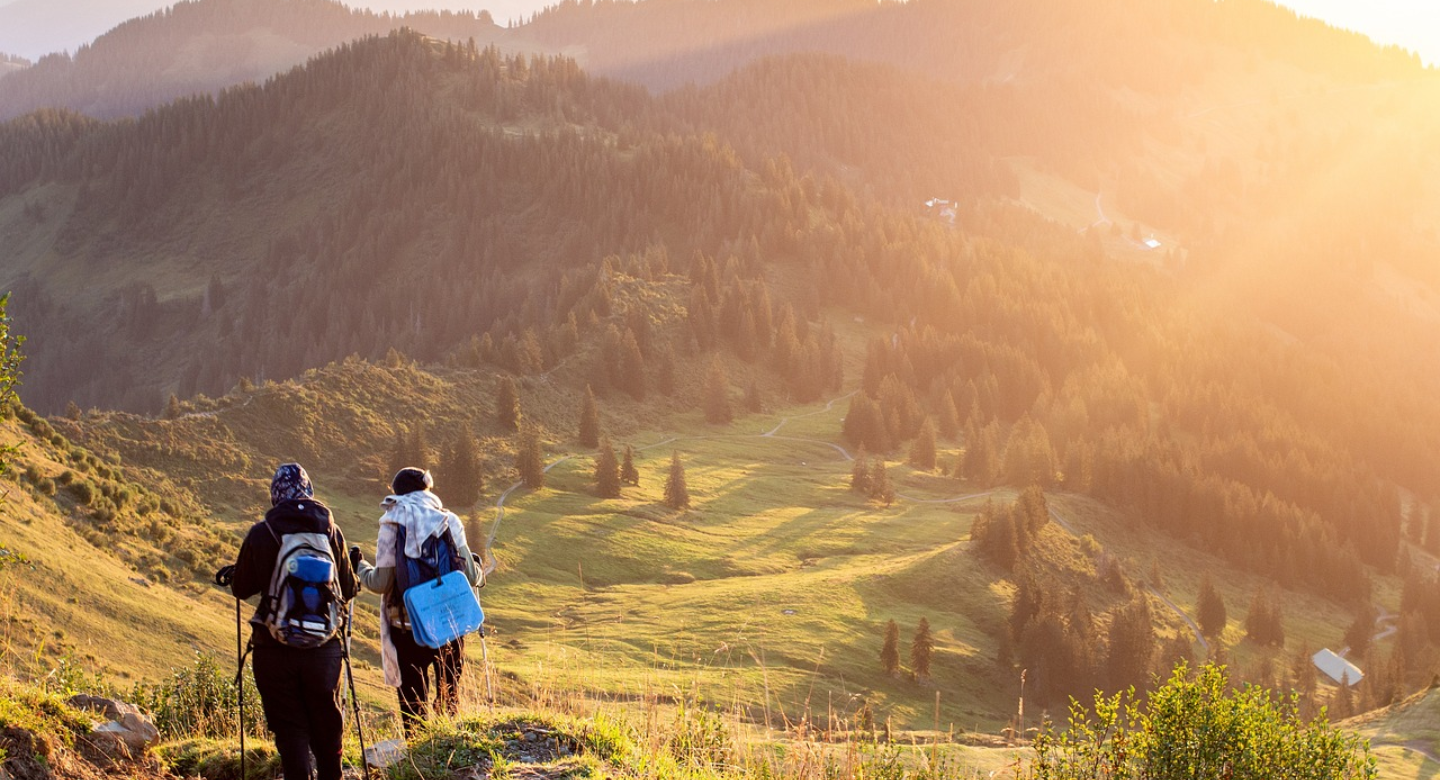
The Ranthan Kharak Trek is a serene and offbeat adventure that begins in the quaint village of Gogina, nestled in the Kumaon region of Uttarakhand. At an altitude of approximately 12,500 feet, this trek offers an intimate experience of the lesser-explored Himalayan beauty.
| 📍 Location | Gogina, Uttarakhand |
| 🏔️ Altitude | 12,887ft |
| 👣 Distance | 40 KM |
| 🕓 Duration | 7 Days |
| 🥇 Grade | Moderate |
13. Kedartal Trek
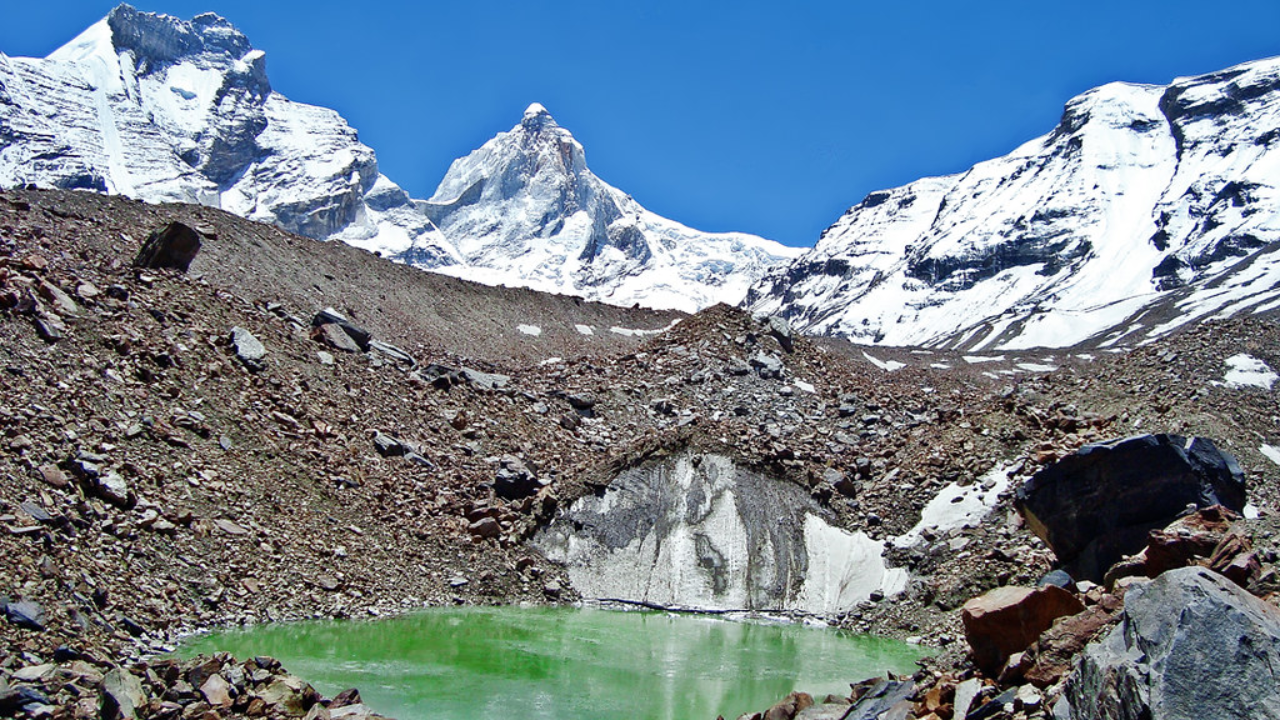
The Kedartal Trek is a breathtaking journey into the heart of the Garhwal Himalayas, originating from the sacred town of Gangotri in Uttarakhand. At an altitude of approximately 15,580 feet (4,750 meters), Kedartal, also known as Shiva’s Lake, is a pristine glacial lake fed by the melting snow of the Thalay Sagar and surrounding peaks.
| 📍 Location | Gangotri, Uttarakhand |
| 🏔️ Altitude | 15,500ft |
| 👣 Distance | 30 KM |
| 🕓 Duration | 7 Days |
| 🥇 Grade | Difficult |
14. Brammah Valley trek

The trek provides close-up views of the towering Brammah Massif, including Brammah I and II, known for their sharp, dramatic summits. The valley is adorned with lush meadows, cascading streams, and pristine alpine forests, creating a surreal atmosphere that captivates every trekker.
| 📍 Location | Sounder Village, Jammu & Kashmir |
| 🏔️ Altitude | 11,600ft |
| 👣 Distance | 49 KM |
| 🕓 Duration | 7 Days |
| 🥇 Grade | Moderate |
15. Surya Top
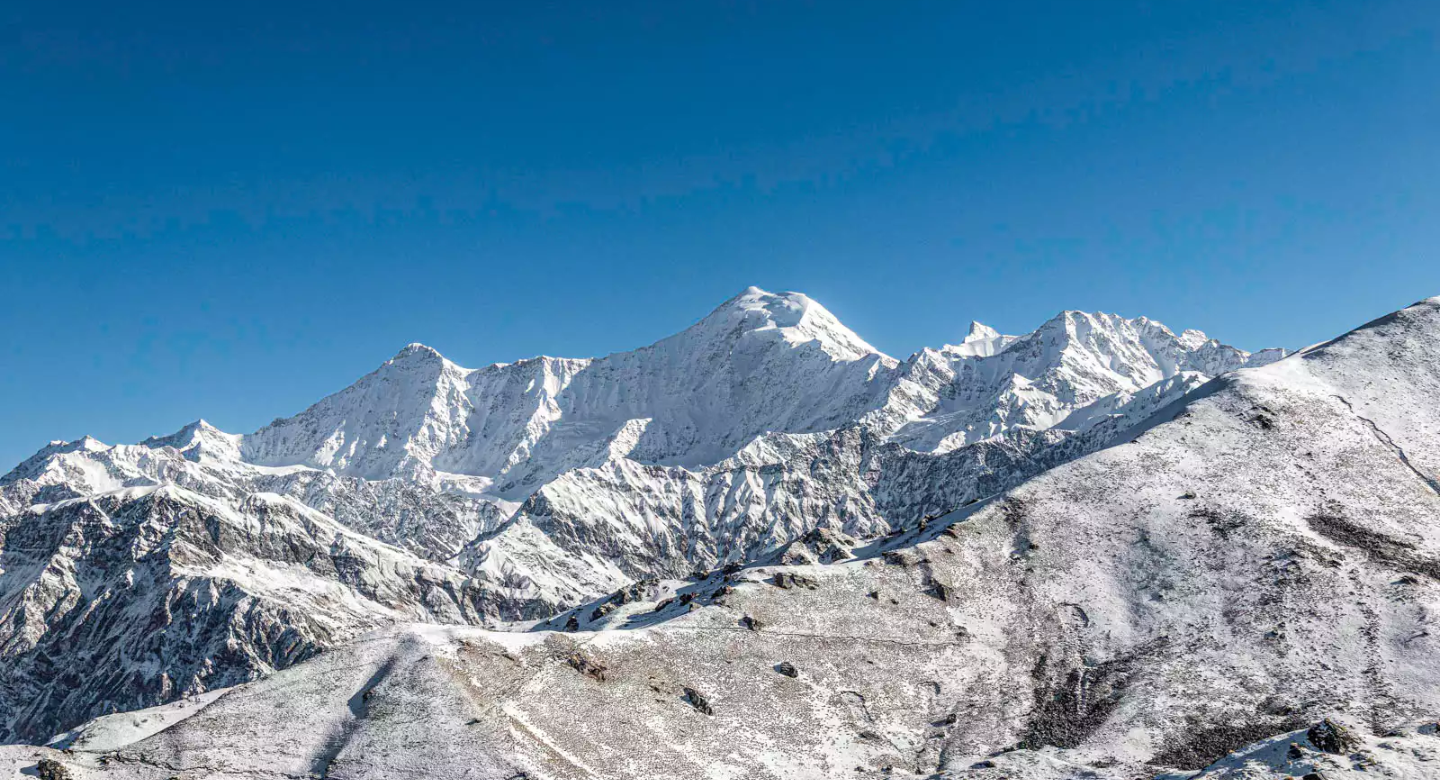
The Surya Top Trek is a lesser-known yet breathtaking trek nestled in the Garhwal Himalayas of Uttarakhand. Offering panoramic views of snow-capped peaks such as Nanda Devi, Bandarpunch, and Swargarohini, this trek is a hidden paradise for nature lovers and adventure seekers.
| 📍 Location | Raithal, Uttarakhand |
| 🏔️ Altitude | 12,900ft |
| 👣 Distance | 49 KM |
| 🕓 Duration | 7 Days |
| 🥇 Grade | Moderate |
16. Kareri Trek
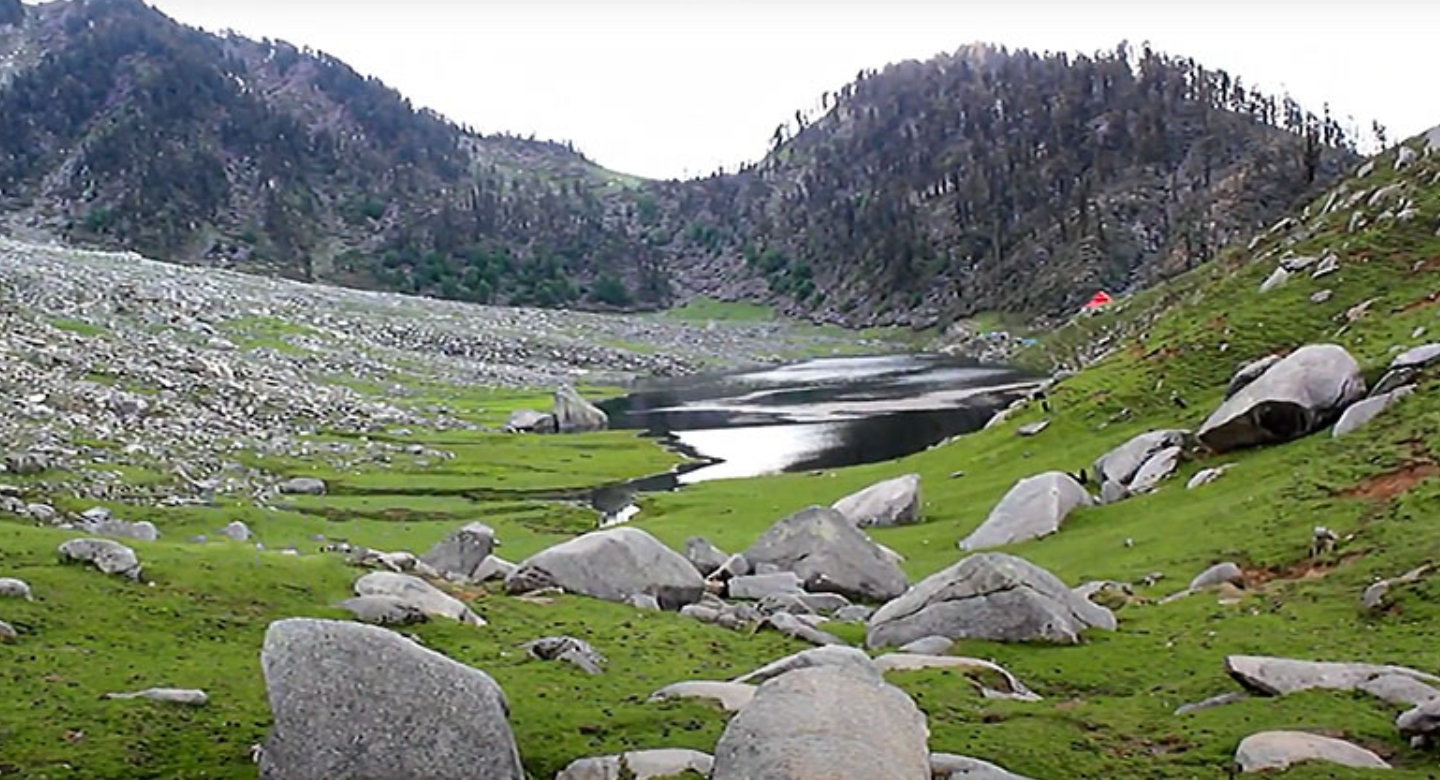
The trail to Kareri Lake takes trekkers through vibrant rhododendron and pine forests, alongside picturesque streams fed by melting glaciers. The route is dotted with quaint villages and offers glimpses of the region’s rich flora and fauna. The sight of the crystal-clear lake reflecting the surrounding mountains is a highlight of the trek.
| 📍 Location | Kareri Village, Himachal Pradesh |
| 🏔️ Altitude | 9,650ft |
| 👣 Distance | 7 KM |
| 🕓 Duration | 2 Days |
| 🥇 Grade | Easy to Moderate |
17. Triund Trek

Situated at an altitude of approximately 9,350 feet (2,850 meters), Triund provides a moderate trekking challenge suitable for beginners and experienced trekkers. Its proximity to McLeod Ganj makes it a popular destination for a weekend getaway. The trek serves as an entry point to the breathtaking Dhauladhar range, offering panoramic views of the Kangra Valley.
| 📍 Location | Dharamshala, Himachal Pradesh |
| 🏔️ Altitude | 9350 ft |
| 👣 Distance | 10 KM |
| 🕓 Duration | 2 Days |
| 🥇 Grade | Easy |
Tips for May Trek
Check the Weather Forecast:
May is a transitional month for many trekking regions. It can still be quite chilly at higher altitudes, but lower altitudes might start to warm up. In places like the Himalayas, it’s usually springtime, so the weather is relatively stable with clear skies and pleasant temperatures, but it can still snow at higher elevations.
Condition Your Body:
May treks often involve moderate to high-altitude climbs, so it’s important to condition your body beforehand. If you have a few weeks or months to prepare, focus on cardio, strength, and endurance training (e.g., running, hiking, stair climbing).
Stay Hydrated:
At higher altitudes, it’s easy to forget to drink water. Dehydration can cause fatigue and headaches. Make sure you have access to clean water and drink regularly, even if you don’t feel thirsty.
Know the Trekking Season:
May is generally the tail end of the pre-monsoon season in some regions, and conditions can still be favorable for trekking. However, some trekking areas may begin to see crowds as it’s popular due to pleasant weather. If you want a more secluded experience, try to choose routes that are a bit less traveled.
Enjoy the Spring Blooms:
In places like the Himalayas, May is the peak of spring, and the flora is lush and colorful. The trek may offer stunning views of wildflowers and forest life, so take time to enjoy the scenery and photograph it.
Explore More Blogs
9 Must-Visit Places for Spiritual Trekking Adventures in India • Scoutripper
10 Must-Visit Trekking Routes for Photographers in India • Scoutripper
Frequently Asked Questions (FAQs) on the Best Trek to Do in May
Is May a good time to trek in the Himalayas?
Yes, May is one of the best months to trek in the Himalayas. The weather is generally stable, with clear skies, pleasant temperatures, and minimal rainfall, making it ideal for trekking. Higher altitudes still offer snow-capped peaks, while lower regions are lush and green.
What is the weather like in the Himalayas in May?
May brings mild temperatures at lower altitudes (10°C-20°C) and colder conditions at higher elevations (0°C-10°C during the day, freezing at night). Snow may still be present at high altitudes, but overall conditions are dry with clear skies, making it perfect for trekking.
Which trekking routes are best in May for highly seasoned trekkers?
Popular routes include Everest Base Camp, Annapurna Circuit, Langtang Valley, and Manaslu Circuit. These trails offer stable weather, stunning mountain views, and a chance to experience the beauty of springtime in the Himalayas.
What are the challenges of trekking in May?
The main challenges include potential crowds, especially on popular routes like Everest Base Camp, and the risk of altitude sickness at higher elevations. You might also encounter snow at higher altitudes, which can make some sections more difficult.
How should I prepare physically for trekking in the Himalayas in May?
Focus on building cardio endurance, strength, and stamina with activities like hiking, running, and stair climbing. If trekking at high altitudes, ensure proper acclimatization by ascending slowly and allowing for rest days to avoid altitude sickness.
Do I need a guide and porter for trekking in May?
While some trekkers go independently, hiring a guide and/or porter is highly recommended for safety, local knowledge, and assistance with navigation. A guide can provide valuable insights, while a porter helps with carrying gear, making the trek easier.
What kind of gear do I need for a trek in the Himalayas in May?
Essential gear includes waterproof trekking boots, layered clothing (fleece, down jacket), a sleeping bag rated for cold temperatures, trekking poles, sunscreen, sunglasses, and a water bottle. Prepare for fluctuating temperatures and potential snow.
How do I prevent altitude sickness during my trek?
To avoid altitude sickness, ascend slowly, take acclimatization days, stay hydrated, and eat high-energy foods. If symptoms of altitude sickness (headaches, dizziness) occur, it’s crucial to descend immediately and rest.
What are the advantages of trekking in May in the Himalayas?
May offers stable weather, clear skies, and stunning mountain views. The region is lush with spring blooms, making it an excellent time for photography. It’s also a culturally rich time, with festivals like Buddha Jayanti celebrated in Nepal.
Is it safe to trek in the Himalayas in May?
Yes, May is generally safe for trekking, but you should take precautions like hiring a reputable guide, acclimatizing properly, and being prepared for changing weather. Always prioritize safety and know when to turn back if conditions become risky.

